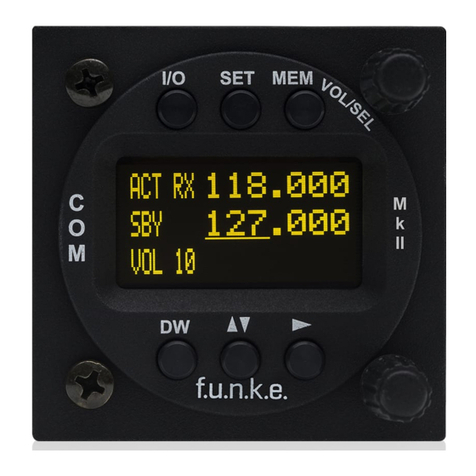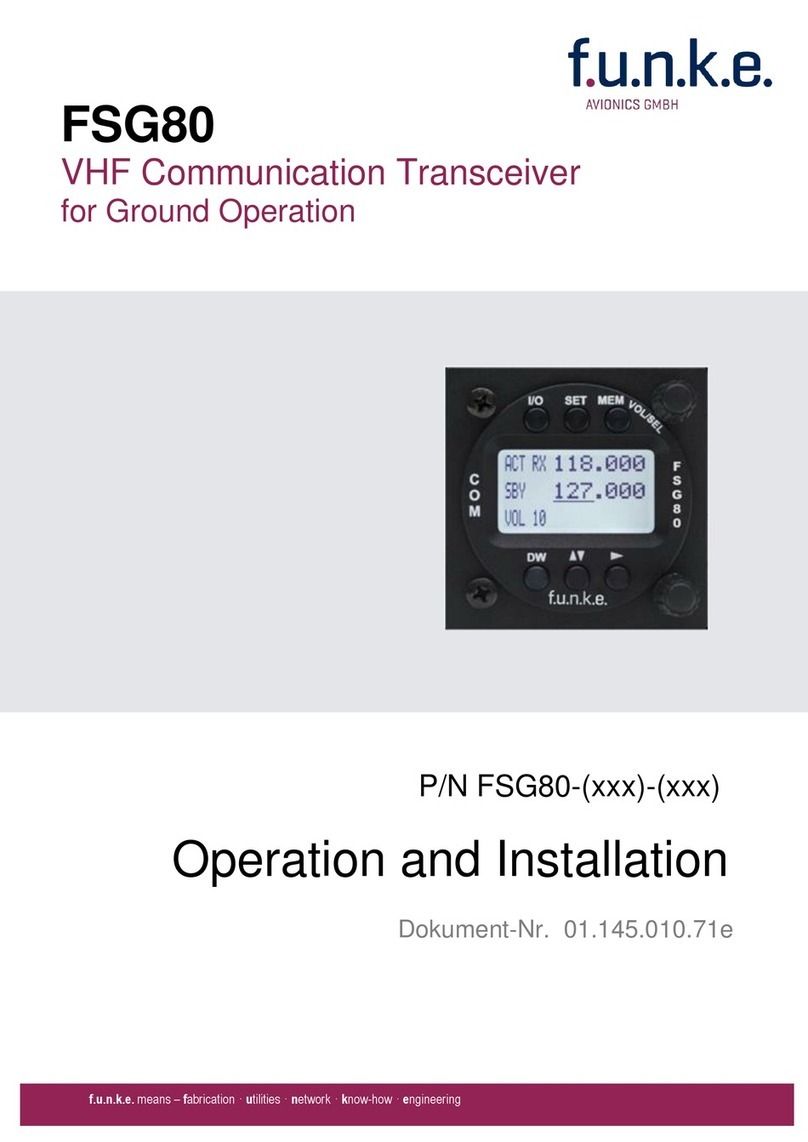Content
1GENERAL ............................................................................................................................................... 5
1.1 SYMBOLS ................................................................................................................................................... 5
1.2 ABBREVIATIONS .......................................................................................................................................... 5
1.3 CUSTOMER SERVICE..................................................................................................................................... 6
1.4 FEATURES .................................................................................................................................................. 6
2OPERATION ........................................................................................................................................... 7
2.1 OVERVIEW OF CONTROLS.............................................................................................................................. 7
2.2 ON/OFF –COMMISSIONING ........................................................................................................................ 8
2.3 DISPLAY..................................................................................................................................................... 9
2.4 FREQUENCY SETTING.................................................................................................................................. 11
2.4.1 Automatic Selection 8.33 / 25kHz Channel Bandwidth ............................................................. 11
2.4.2 Manual Frequency Input ........................................................................................................... 11
2.4.3 Recall a Frequency from the User Memory ............................................................................... 12
2.4.4 Recall a Frequency from the List of the 10 Last Used ................................................................ 13
2.4.5 Editing of the user-defined frequency list.................................................................................. 14
2.4.6 ATR Frequency-Tool................................................................................................................... 15
2.5 BASIC SETTINGS ........................................................................................................................................ 15
2.5.1 VOL –Volume ............................................................................................................................ 16
2.5.2 SQL –Squelch (noise barrier)..................................................................................................... 16
2.5.3 VOX –Voice Activated Intercom................................................................................................ 17
2.5.4 INT –Intercom Volume.............................................................................................................. 18
2.5.5 STL –Volume Sidetone Left ....................................................................................................... 18
2.5.6 STR –Volume Sidetone Right .................................................................................................... 19
2.5.7 EXT –Volume of the external Audio Input................................................................................. 19
2.5.8 BRT –Brightness........................................................................................................................ 20
2.5.9 CON –Contrast.......................................................................................................................... 20
2.6 TRANSMISSION ......................................................................................................................................... 20
2.7 RECEPTION............................................................................................................................................... 21
2.8 DUAL WATCH MODUS ............................................................................................................................... 22
3CONFIGURATION ................................................................................................................................. 24
3.1 CHANNEL SPACING ............................................................................................................................... 24
3.2 DISPLAY –ENERGY SAVING MODE (AUTOMATIC DISPLAY DARKENING) .............................................................. 25
3.3 PTT SLCT –PTT BUTTON SELECTION........................................................................................................... 26
3.4 DUOWATCH –DUAL-WATCH VOLUME REDUCTION...................................................................................... 28
3.5 EXTAUDIO –BEHAVIOUR OF EXTERNAL AUDIO INPUT .................................................................................... 28
3.6 MIC L/R –MICROPHONE INPUT SENSITIVITY ................................................................................................. 30
3.7 MIC –SELECTION MICROPHONE TYPE .......................................................................................................... 30
3.8 AUTO ON –POWER-ON BEHAVIOUR .......................................................................................................... 31
3.9 FW /SW –FIRMWARE /SOFTWARE VERSION ............................................................................................... 32
3.10 MASTER RESET -RESET TO FACTORY SETTINGS.......................................................................................... 33
3.11 OVERVIEW CONFIGURATION MENU (SETUP)............................................................................................. 34
4INSTALLATION ..................................................................................................................................... 35
4.1 ADVICE AND TIPS....................................................................................................................................... 35
4.2 TELECOMMUNICATION DATA....................................................................................................................... 35
4.3 SCOPE OF DELIVERY ................................................................................................................................... 35
4.4 UNPACKING AND INSPECTION OF THE EQUIPMENT ........................................................................................... 36
4.5 MOUNTING.............................................................................................................................................. 36






























